Kissing The Blarney Stone At Blarney Castle
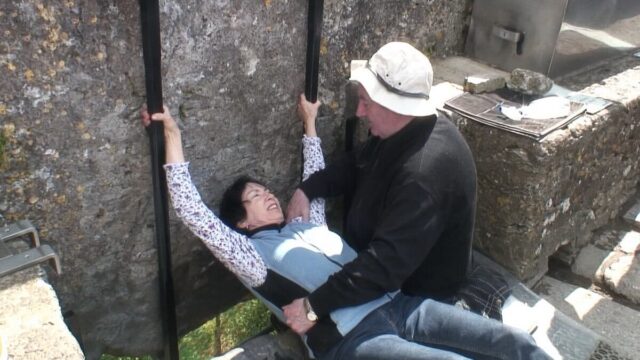
After Bob and I were safely on shore following the boat tour of Cobh Harbour, the greater part of the afternoon was still available to us, so we drove up to Blarney Castle, in County Cork, to Kiss the Blarney Stone.
A bit of a walk lay before us after we found parking beneath a shade tree, but the environs were inviting, through a vast park-like setting known as the Castle Field Arboretum. We wandered amongst the various trees, on and off the Cherry Walk, before the path led us to a short bridge over the River Martin, which flows through Blarney to join the River Shournagh, a tributary of the Lee.
Bob and I paused on the small footbridge to listen to the babbling river as the water splashed gaily over partially submerged stones. On the other side of the river, the austere north face of Blarney Castle rose to great heights. Because the walls slope inward, it looks even higher than its actual height.
What a difference a few hours can make. The looming grey skies and pervasive dampness of the morning had been whisked away, and sunny skies brought on warmer temperatures. We were looking forward to a few hours touring the grounds, gardens and interior of the famous castle.
We were pleased to find only a small number of people at the castle, so we decided to head into the medieval fortress in search of the Blarney Stone, which is actually incorporated into the stone architecture of the castle.
The Blarney Stone is found high up on the Castle battlements, so we were obliged to climb many series of steps to bring us closer to our objective. We noticed that, the higher we climbed, the narrower the spiral staircases became.
As we navigated the very narrow steps hewn out of stone, I let my imagination roam. It was fun to think that servants once raced up and down the narrow passageways, laden with, say, trays of food, or grand ladies being careful not to trip and fall when engulfed in billowing long gowns.
Great care is taken to illuminate the interior passages so visitors can avoid tripping on sometimes uneven surfaces, and, at the same time, enabling visitors to greatly appreciate the well-preserved structure.
When Bob and I were on the second floor of the castle, we discovered an unusual grated chute that opened onto the lobby below. Known as the Murder Hole, this opening enabled castle residents to pour boiling liquids onto intruders, or, with an onslaught of arrows or stones, to quickly dispatch any assailants who had managed to batter down the outer doors. Of course, the grate has been added to protect modern-day visitors.
Manoeuvring through the maze of hallways and stairwells would have been a real challenge if not for the frequent signs marking the way, but still, the climb was not for the feint of heart.
This photograph gives you some idea of the thickness of the castle walls. In this most-recently constructed part of the castle, the previously-built square turret was restructured by Cormac MacCarthaigh (Cormac Laidir MacCarthy), Lord of Muscry, into what is now the largest of Ireland’s rectangular great towers. This restructuring took place in the mid 15th century when Cormac set forth specifications for 12-foot thick walls on the lower levels, diminishing in breadth a little with each successive storey on the way to the top. It was to become a stronghold for the McCarthy’s.
The narrow openings, called arrow loops, let in little light, but I imagine they provided good protection as archers fired off volleys of arrows at invading forces. The “window” afforded a sneak view of the grounds surrounding the castle.
We couldn’t get over just how lush and green everything looked, there in Ireland, for so early in the season. No wonder it is called the “Emerald Isle”. Looking south, vast tracts of meadows and forested lots stretched for as far as the eye could see…
and afforded a view of Blarney House, the residence erected by Lady Colthurst in the mid 19th century. This Scottish baronial-style castle was completed in 1874, and with a view of the nearby lake has been the family home ever since. The staggering collection of specimen trees that make up Blarney Castle’s arboretum constitutes the view north from Blarney House.
On the opposite side of the keep, as this remaining section of the Castle is known, Bob and I had a dizzying view of the ruined towers from earlier incarnations of the Castle. It is believed that the first building erected at this site was a timber hunting lodge built in the 10th century, but no evidence of that original edifice remains.
Then, around 1210, a stone fortification replaced the wooden structure, but that was later demolished for foundations, upon which the third castle was built in 1446 by Dermot McCarthy, King of Munster. It was the small, 4-storey turret of this last castle that Cormac MacCarthy later incorporated into his grander 5-storey structure, the remains of which we see today.
As you can imagine, Blarney Castle, like all historic buildings, has suffered much wear and tear over the centuries, so in order to keep the castle walls from deteriorating, a maintenance crew is employed to keep up with minor repairs.
The fact that a work crew was on site when we visited did not detract from our enjoyment of the building. In fact, we have seen similar ongoing maintenance on Inca ruins in Peru, as well as on various buildings in France.
Especially because of the effects of acid rain, but no less the ravages of wind and wind-driven contaminants, small fissures appear in the mortar, which can lead to serious damage if not repaired promptly.
From our vantage point that high up, Bob and I had a great look at the molded corbels supporting the most impressive feature of the tower, the massive parapet with machicolations all around the top of the 5th storey. The pyramidal corbels are over 6 feet long, the parapet extends outward over the top of the walls some 2 feet, and between each corbel is an opening called a machicolation.
Once we emerged on the inside of the parapet, we had quite a different view of the stepped or crenelated battlements, and it was there that we found the Blarney Stone.
Following the parapet walk around the outer wall, upon which signage was mounted giving details about the Blarney Stone, brought us to the gentleman in charge of assisting visitors to kiss the famous good luck charm.
The Blarney Stone is actually incorporated into the outer wall of the parapet, between two corbels. It is mounted as part of the sill of one of the machicolations. See where the baton is pointing? That is the Blarney Stone. It is believed to be half of the Stone of Scone, or the Coronation Stone, that originally belonged to Scotland. Scottish kings were crowned over the Stone because it is believed to hold special powers. Legend has it that half of the Stone was given to Cormac McCarthy by Robert the Bruce in 1314 in appreciation for his support in the Battle of Bannockburn.
Although an iron rail is now in place to assist pilgrims to kiss the Stone, you can readily see the size of the machicolation. Machicolations are the openings through which ammunition used to be dropped onto invading forces below. Stones, molten lead, boiling oil, heated sand, and red-hot ashes were among the projectiles poured on the heads of assailants.
Although I was a little concerned about actually touching my lips to the Blarney Stone, similarly kissed by 300,000 other visitors every year, it was more about all the people in line ahead of me. Would I pickup some germs? Get sick? Well, my worries were unfounded as protocol had the attendant wiping the stone with disinfectant between each and every kiss.
The procedure for kissing the Blarney Stone differs now from in the past. In prior years, pilgrims were hung by their heels over the edge of the parapet in order for them to reach and kiss the Stone. When one such person broke from the grasp of his friends and fell to his death, the practice was changed.
It is still a bit of a challenge. I had to sit with my back to the stone, and the opening, lean far back and downwards into the gaping hole above a sheer drop, and lower myself until my head was even with the Stone. Did I mention that I was holding on for dear life? Thank goodness the kindly attendant is required to take a firm grasp of each pilgrim, just for safety’s sake.
Now, why go to so much trouble, you might ask. It is believed that, if you kiss the Blarney Stone, otherwise known as the Stone of Eloquence, you will be granted the ability to speak with eloquence, or “The Gift of the Gab”. Mission accomplished, and I was glad the attendant was there to help me up out of the hole.
Bob and I wasted no time descending the narrow spiraling staircases as we were eager to tour the grounds and soak up some sunshine.
What a pleasure to look back at the Castle after emerging from the gloomy interior. For me, Blarney Castle appeared warlike from some sides, and yet magical from others.
Like all good castles built at the time, Blarney Castle had a secure base that allowed for easy defense. It goes without saying that the defenses against frontal attack included the thick, high walls and secure entry gates, but I thought it was genius that had the Castle built atop an 8-metre tall rock to prevent assailants from digging down into the castle.
Nevertheless, the castle’s tower walls were eventually breached when Cromwell’s General, Lord Broghill planted a gun on Card Hill opposite and above the lake and fired down on the tower.
It just so happened that the bedrock foundation beneath the Castle had been excavated to include numerous secret tunnels and chambers, some of which were used to imprison enemies, while others served as a means of escape.
So when Lord Broghill breached the walls, he found only two trusty, old retainers. The main garrison had fled through Badgers Cave and a series of passages situated below the battlements. Lord Broghill came up empty-handed; the reputed gold plate was nowhere to be found.
Supposedly, there are 3 passages through the darkness beyond the cave, one to Cork, one to the lake, and one all the way to Kerry. Bob and I would have loved nothing more than to explore the depths of the tunnels, but alas they are blocked off to avert foolhardy people like us. I’m sure the passages are as hard to find as the gold.
So, Bob and I moved on to explore some of the gardens. Blarney Castle is situated on 60 acres of property landscaped into parklands that include gardens, avenues, arboretums and waterways. It was going to take us some time.
We began our walk along the Boardwalk and into the Water Garden where, once again, we came upon some Gunnera manicata, the same as we saw at our B&B in Cobh. I am always struck by the size of the leaves of this plant alternately known as Giant Rhubarb. It looks like something out of a prehistoric landscape.
The extensive gardens and magical surroundings of Blarney Castle required hours of exploration. It was a full day.

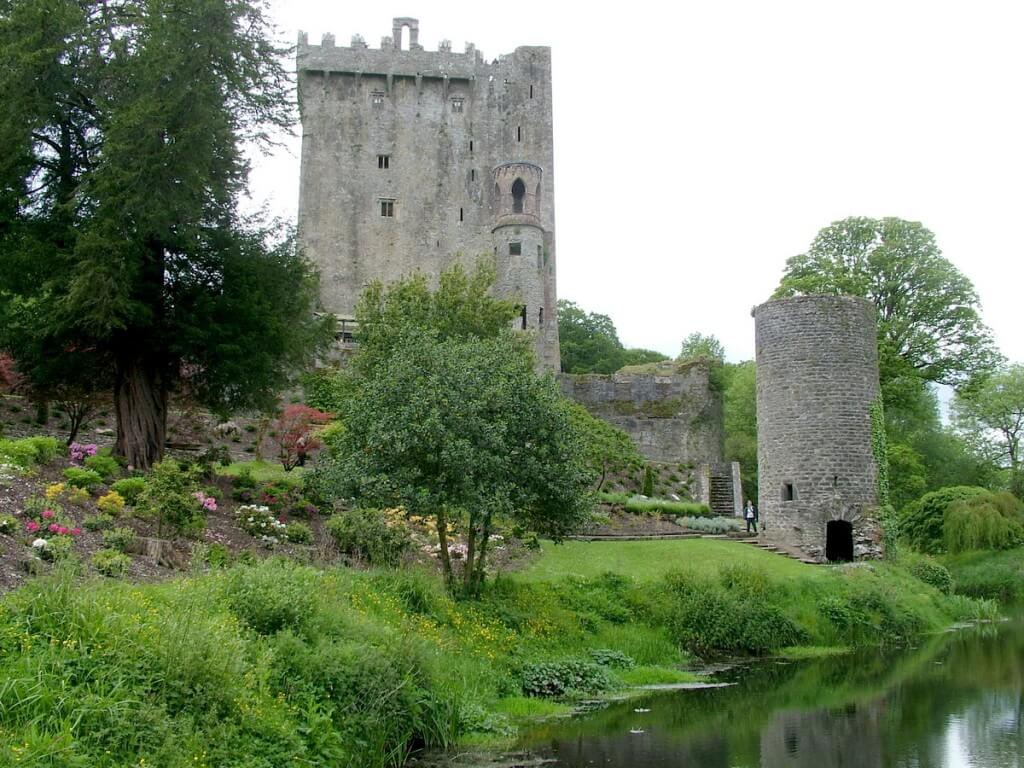
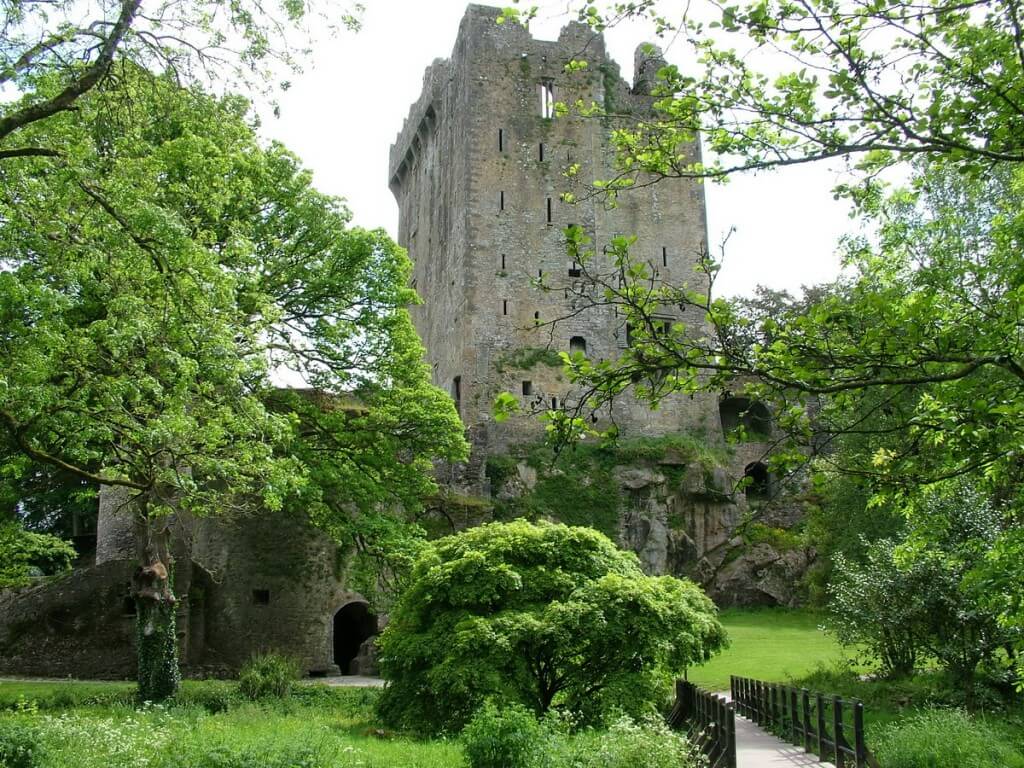
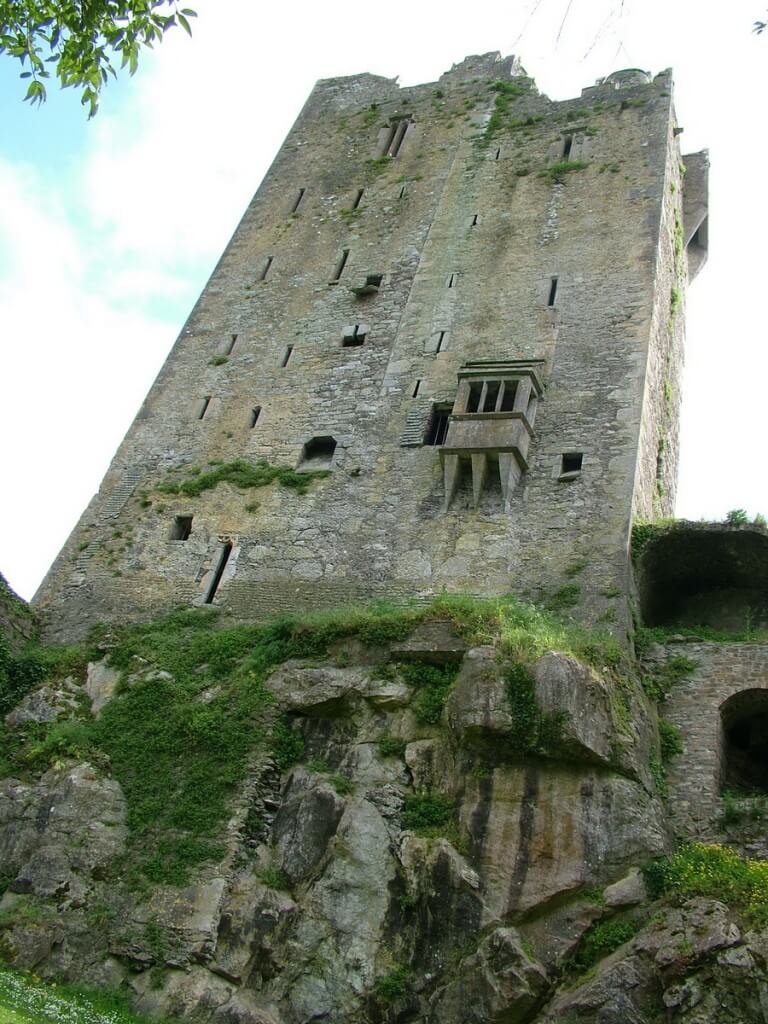
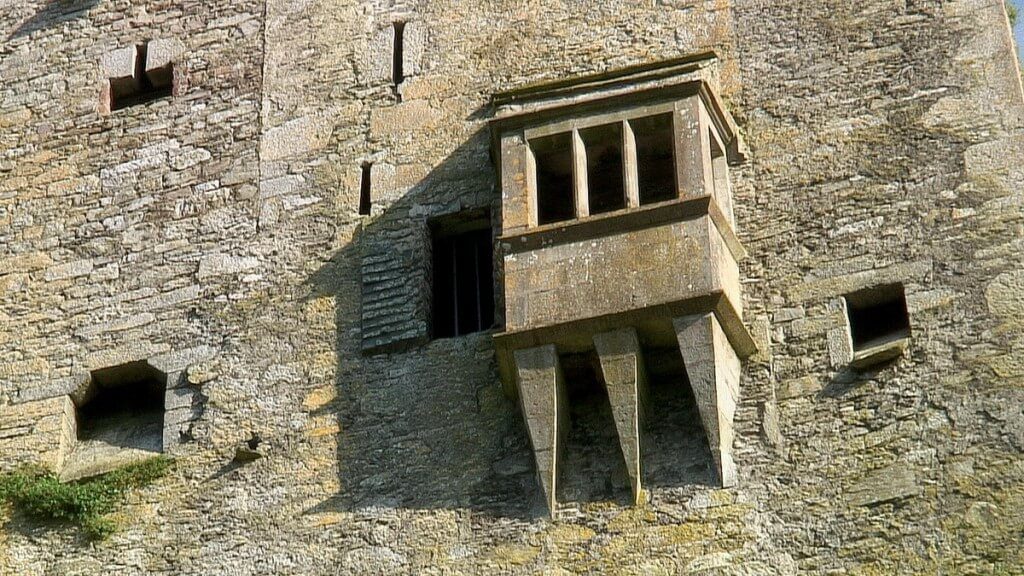



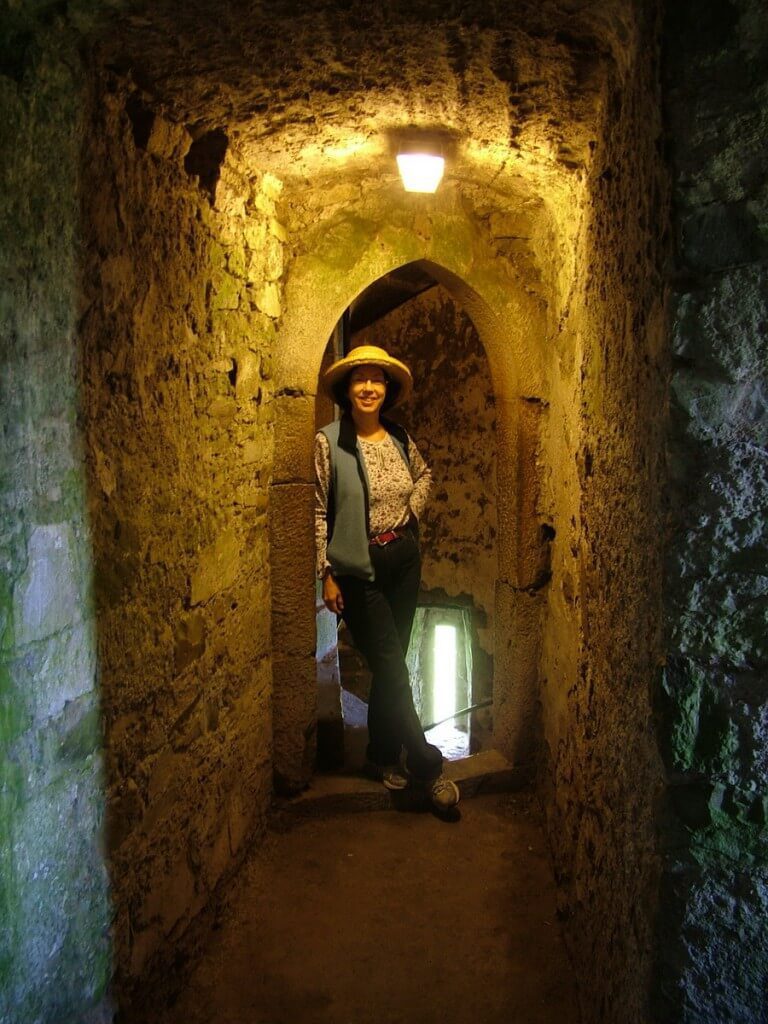
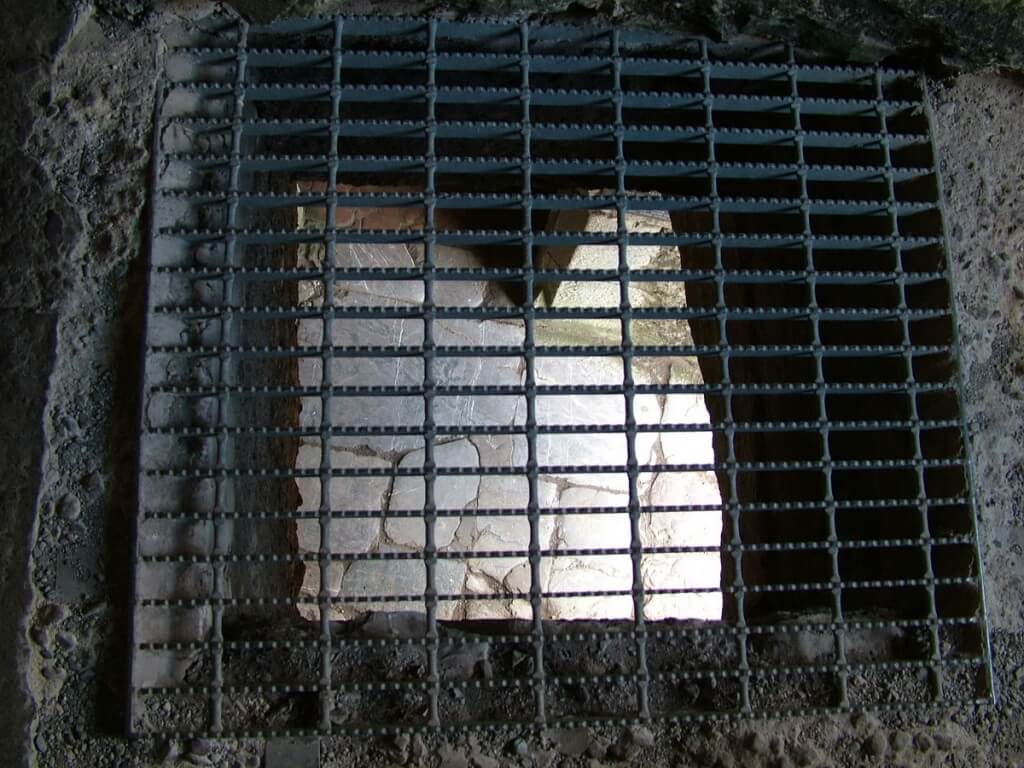
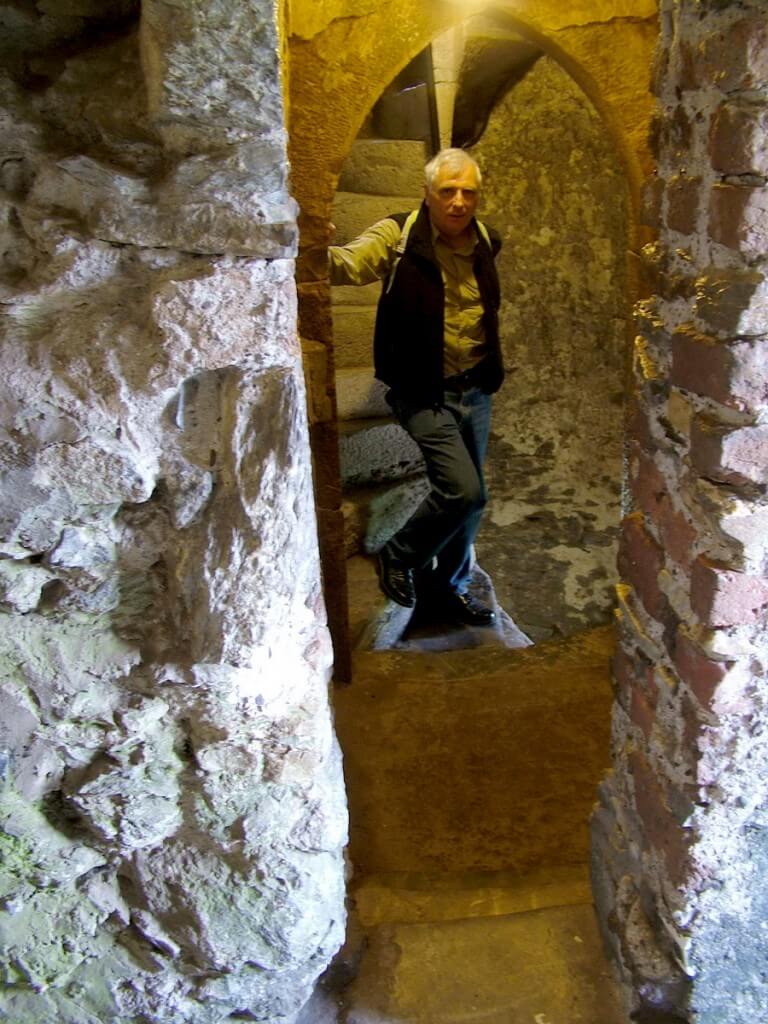

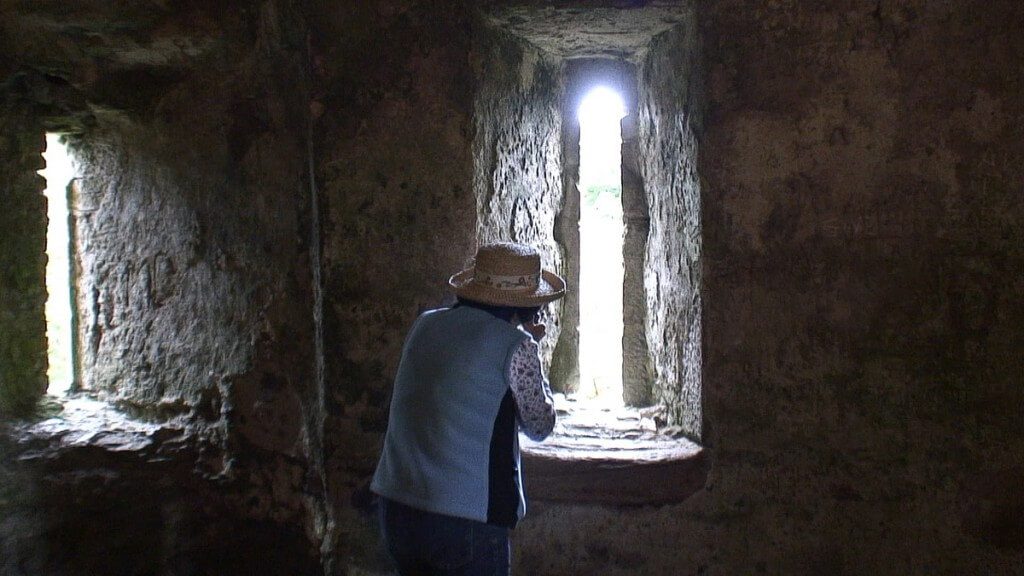
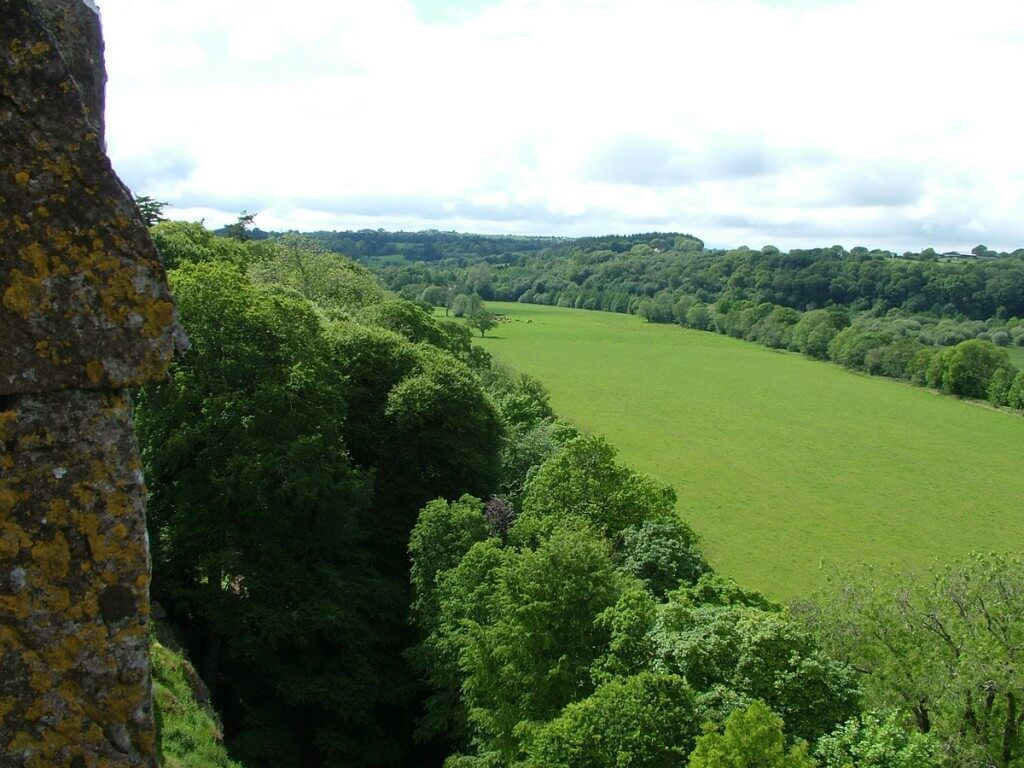
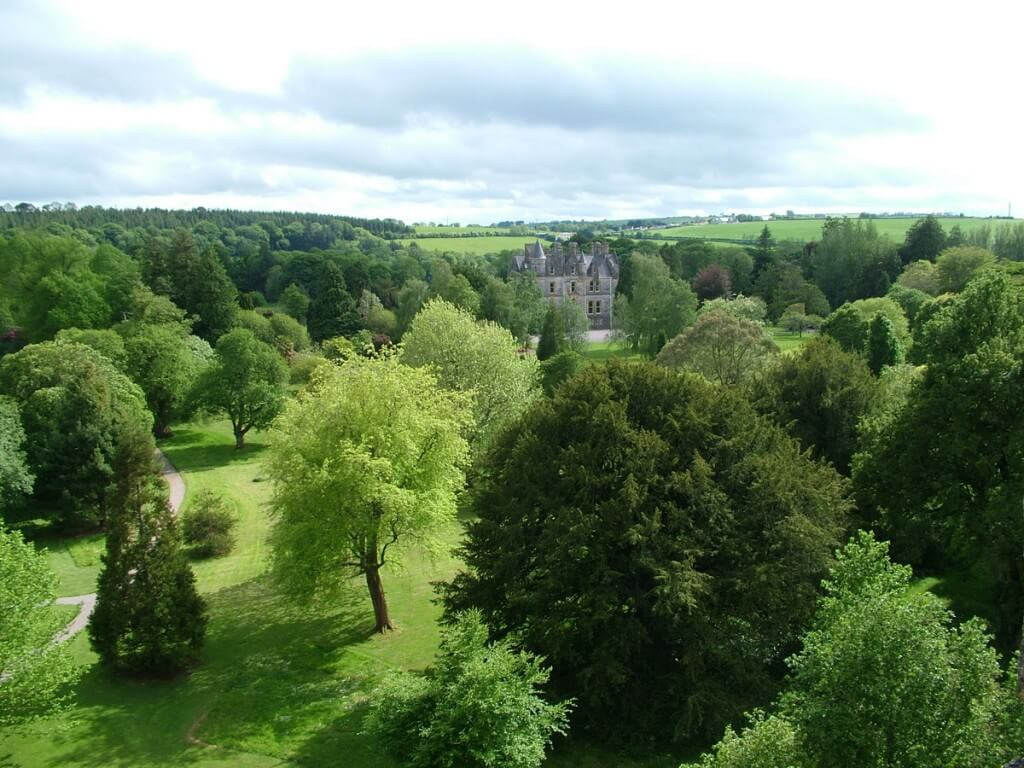
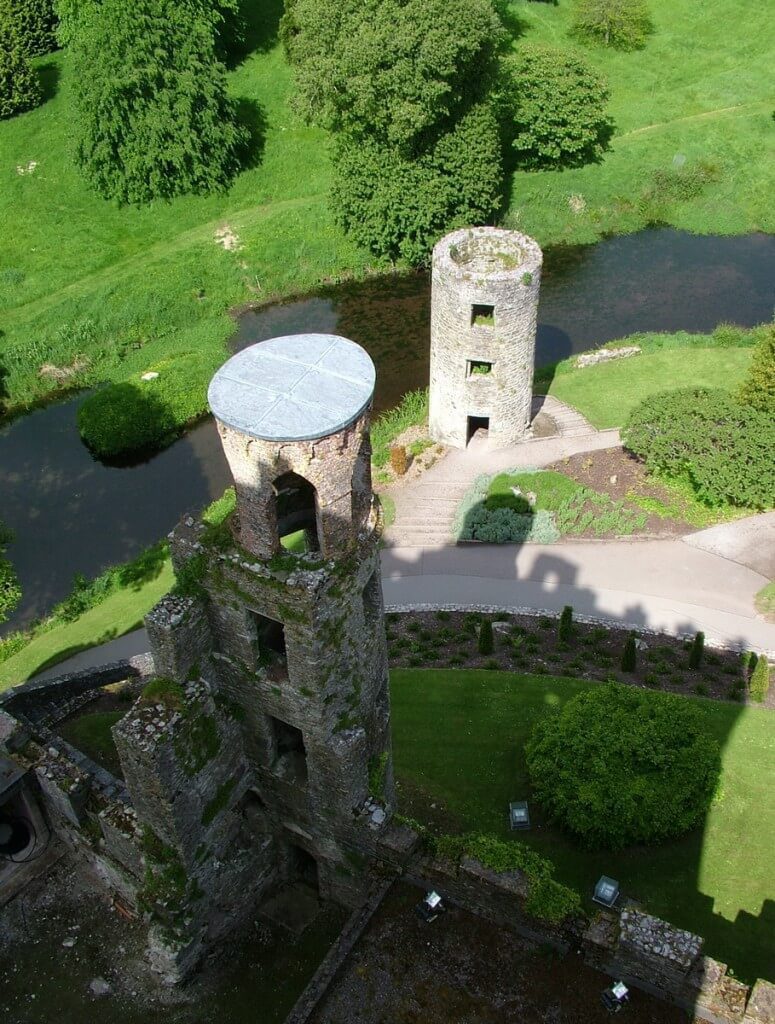

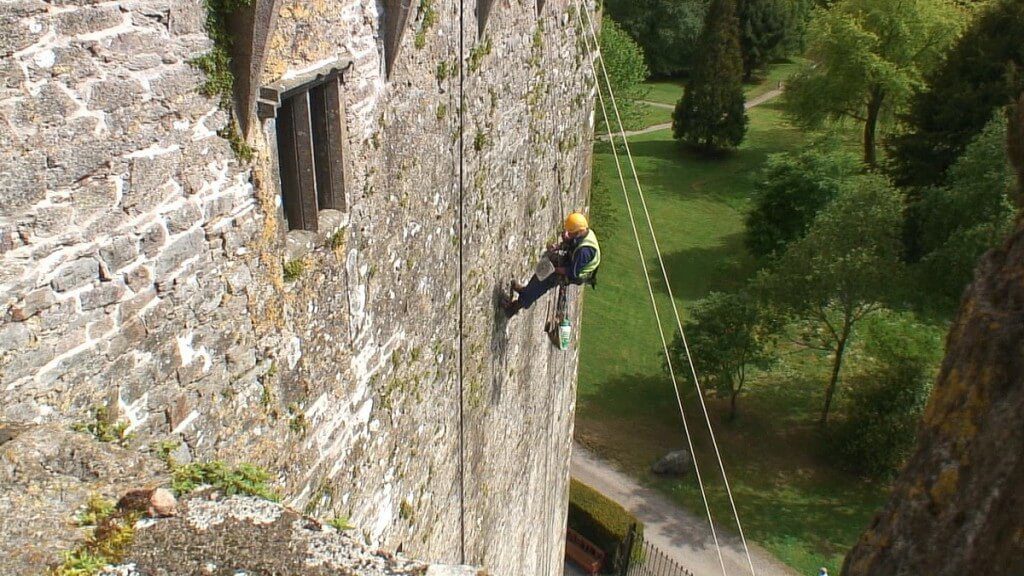
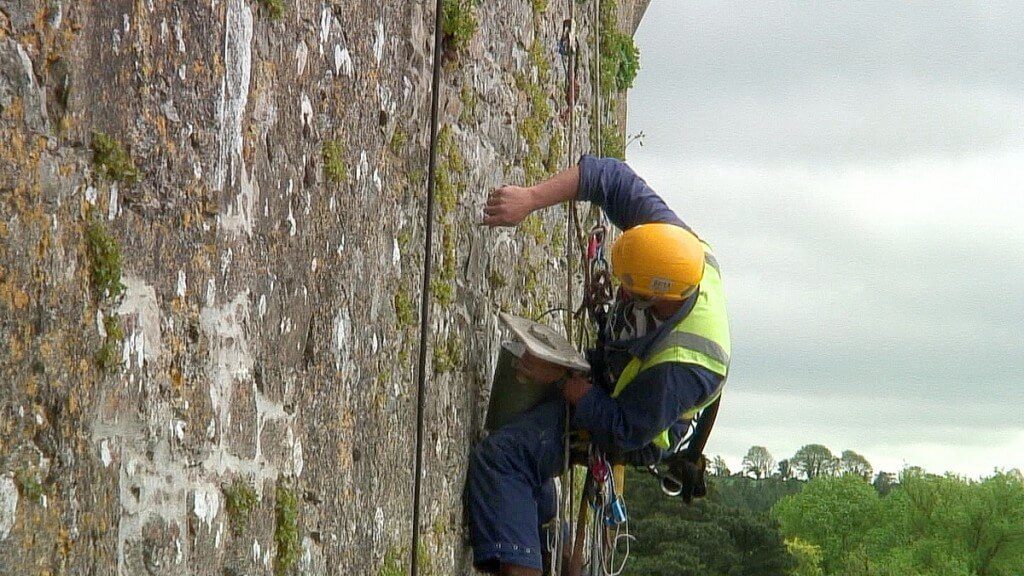
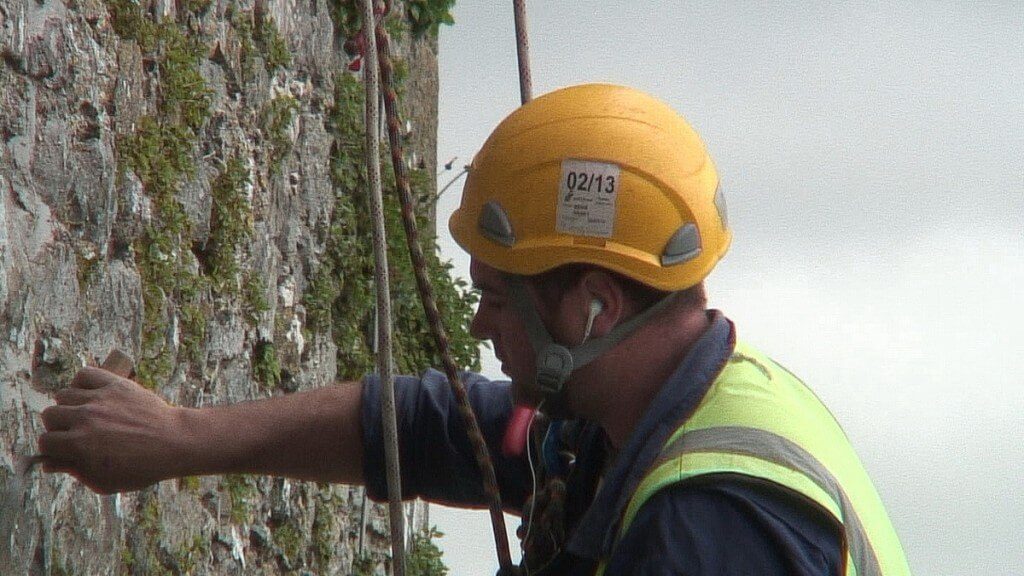
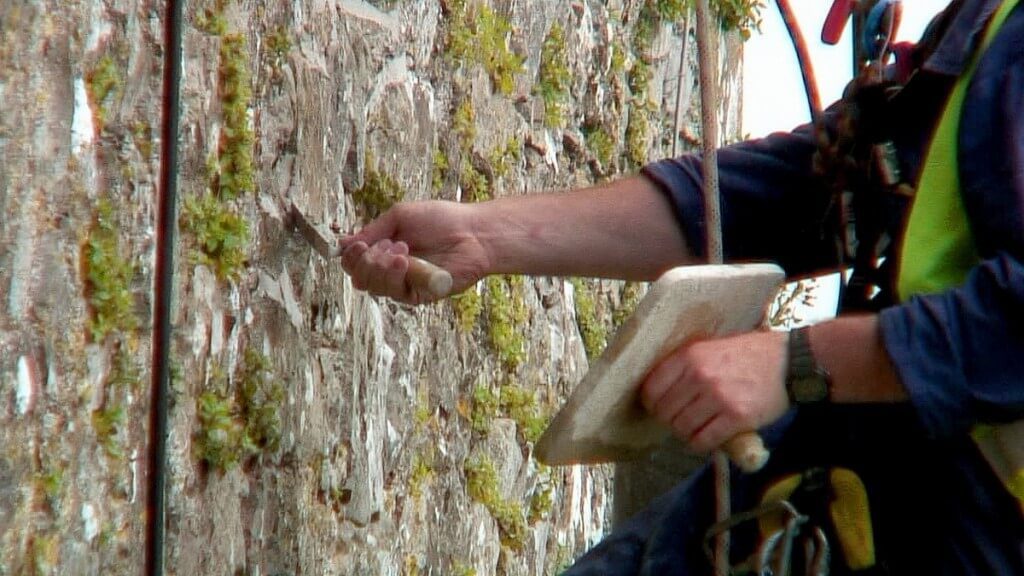
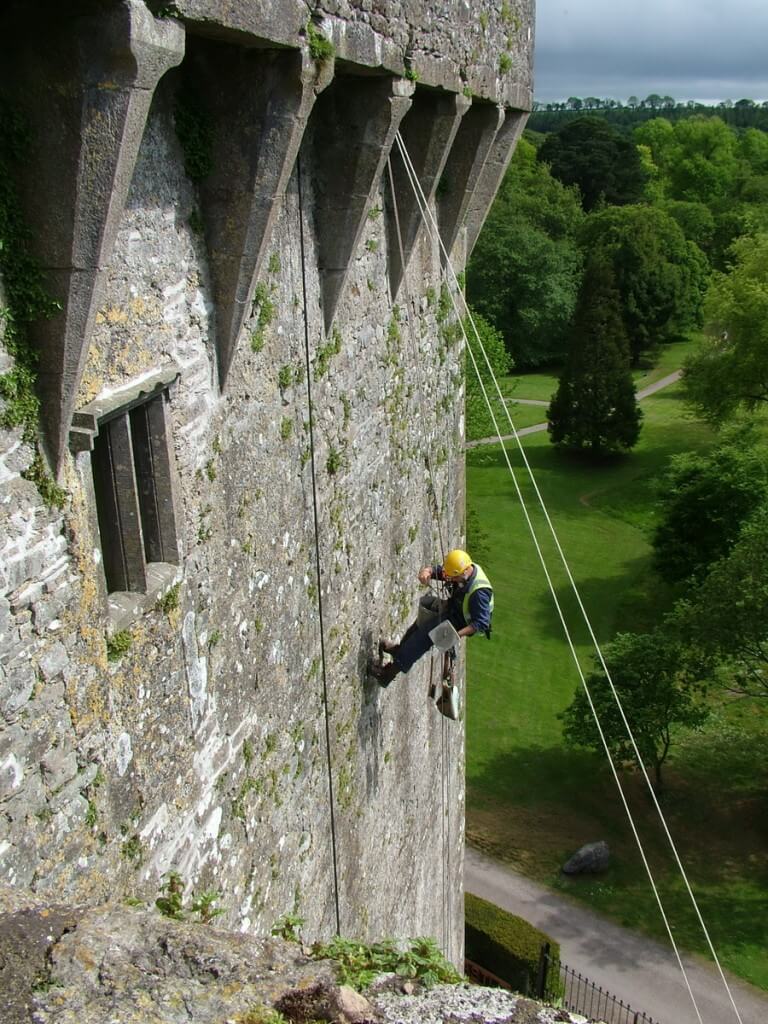
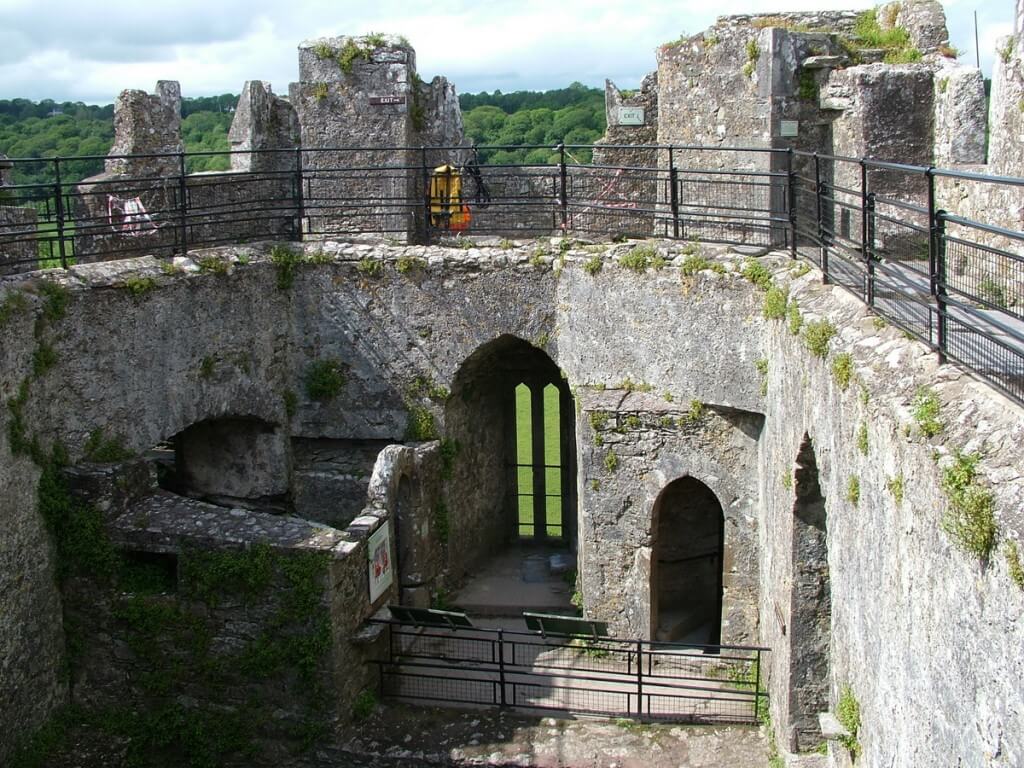
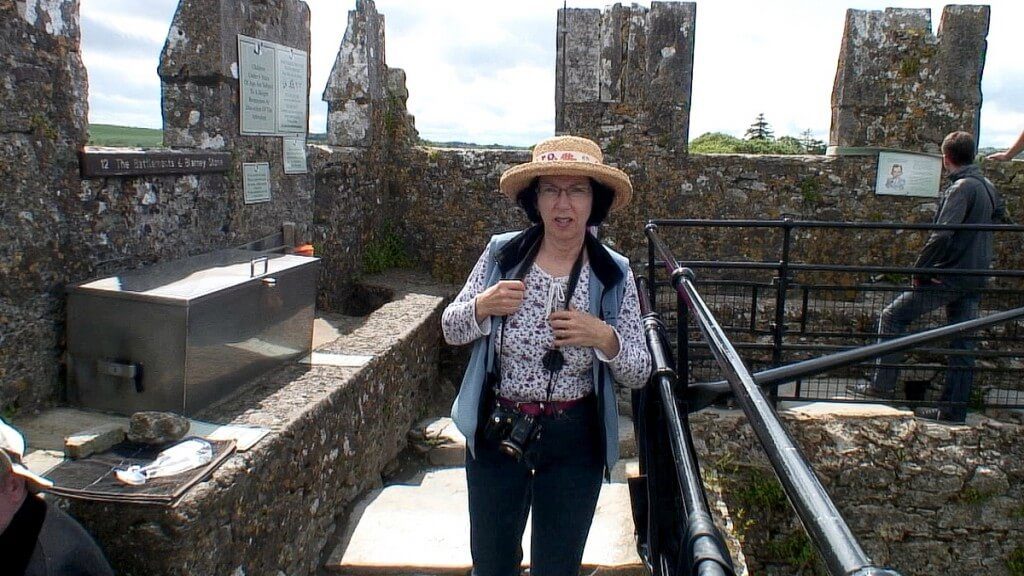

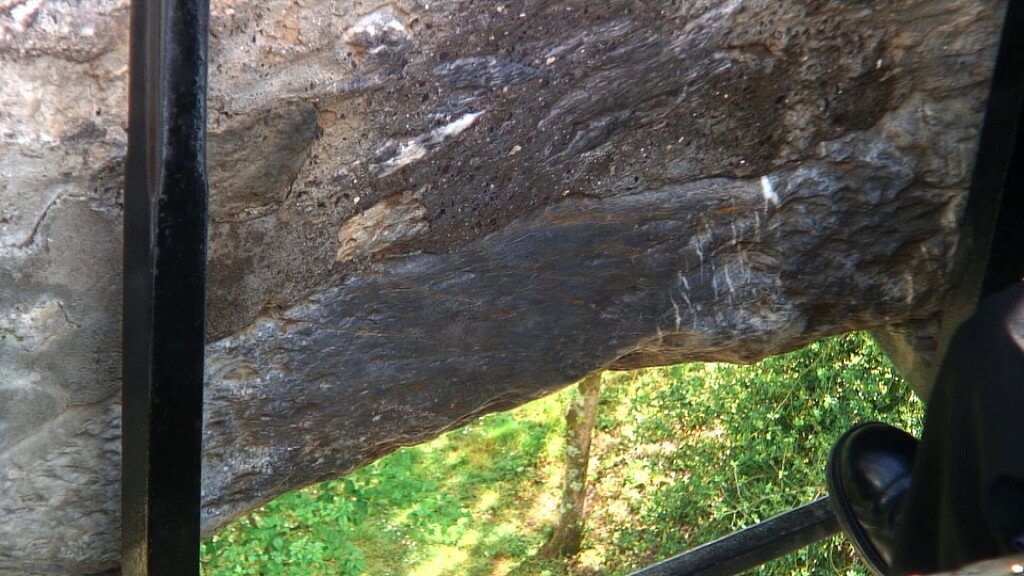

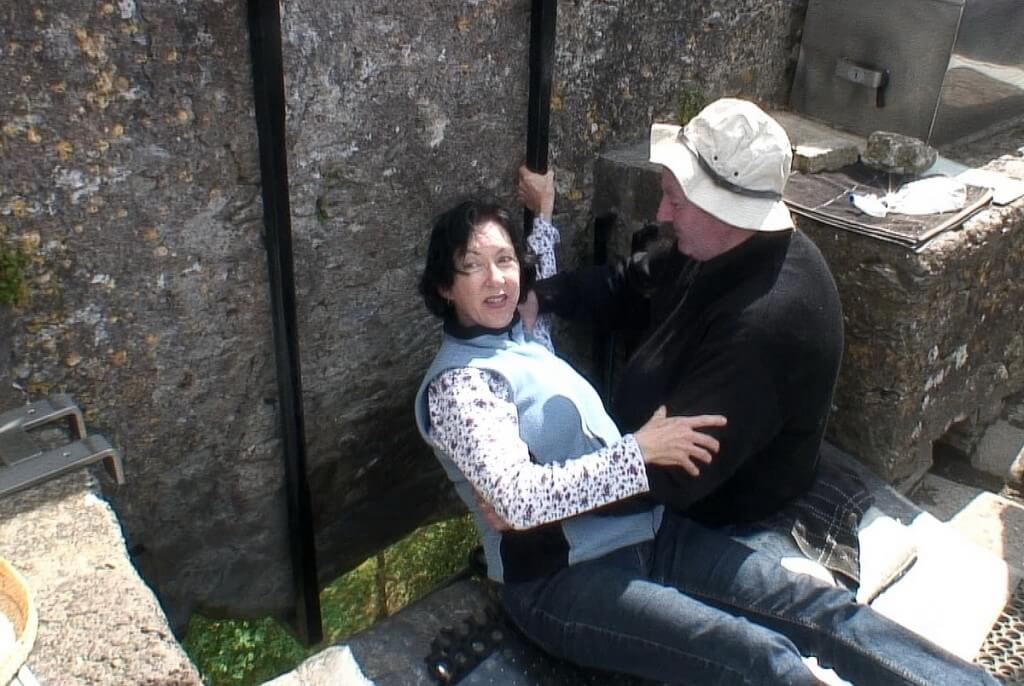
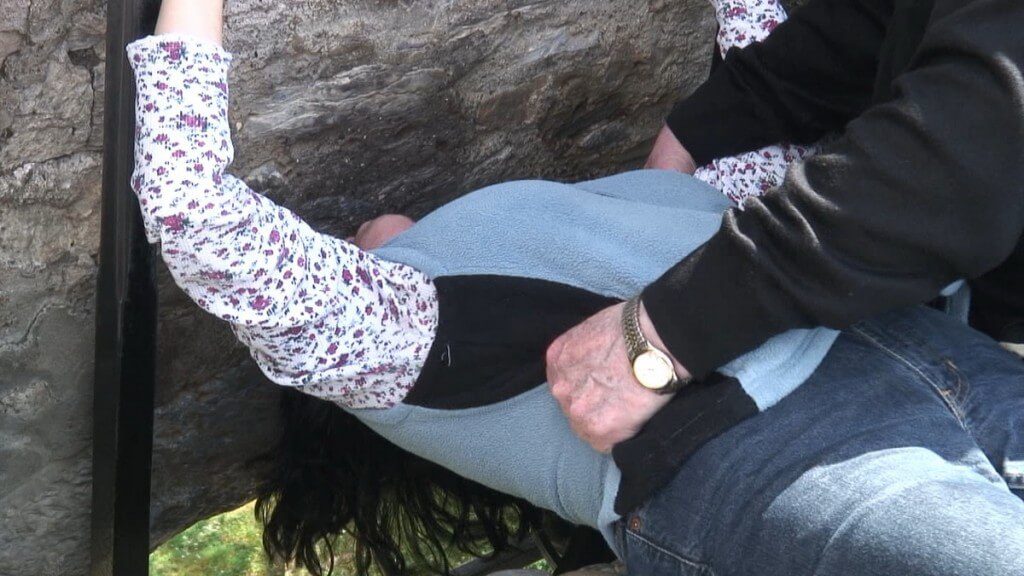
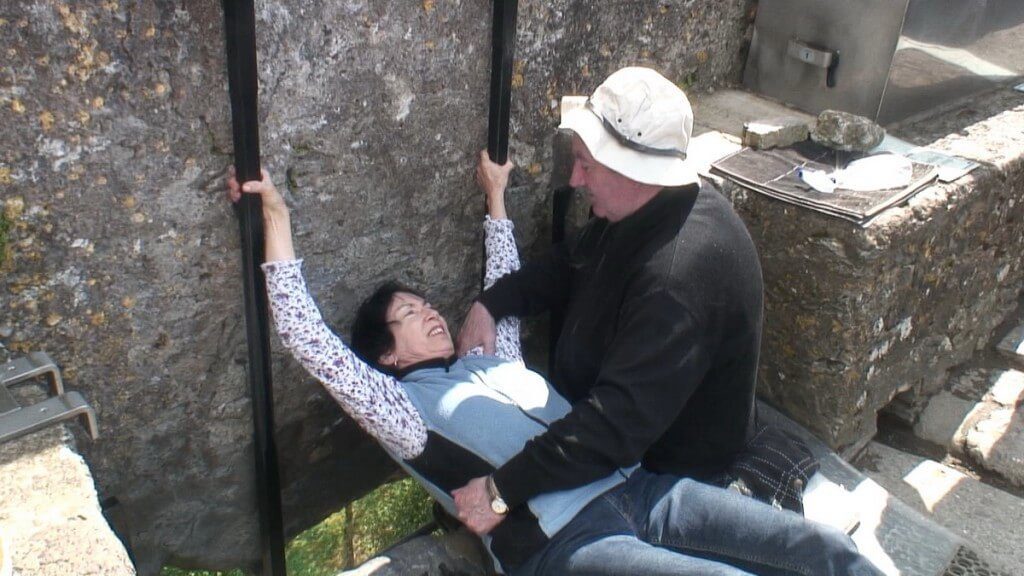
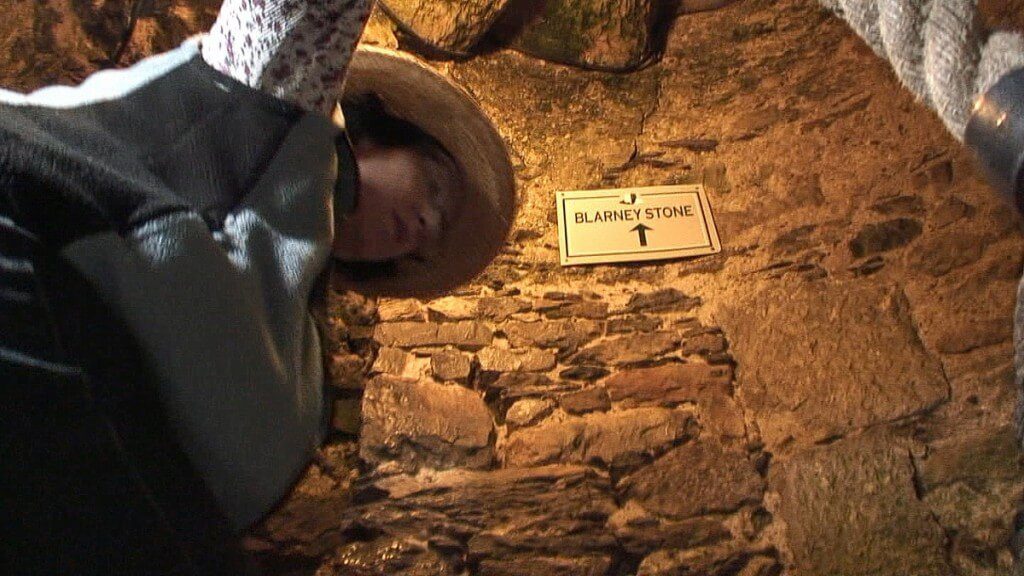

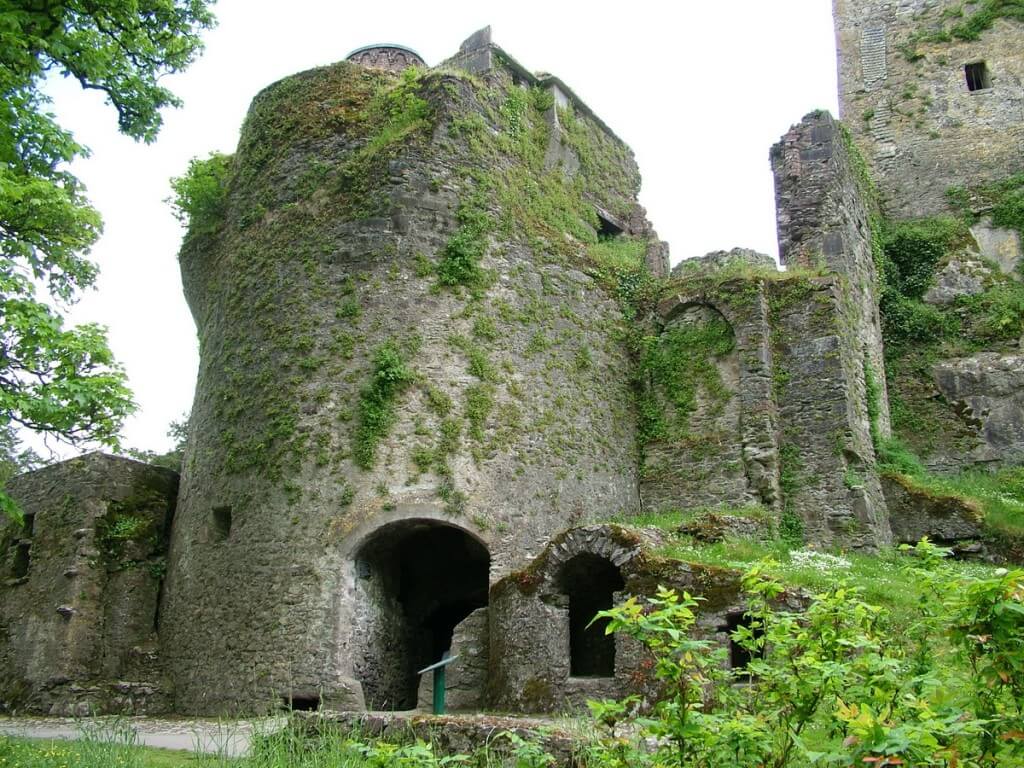
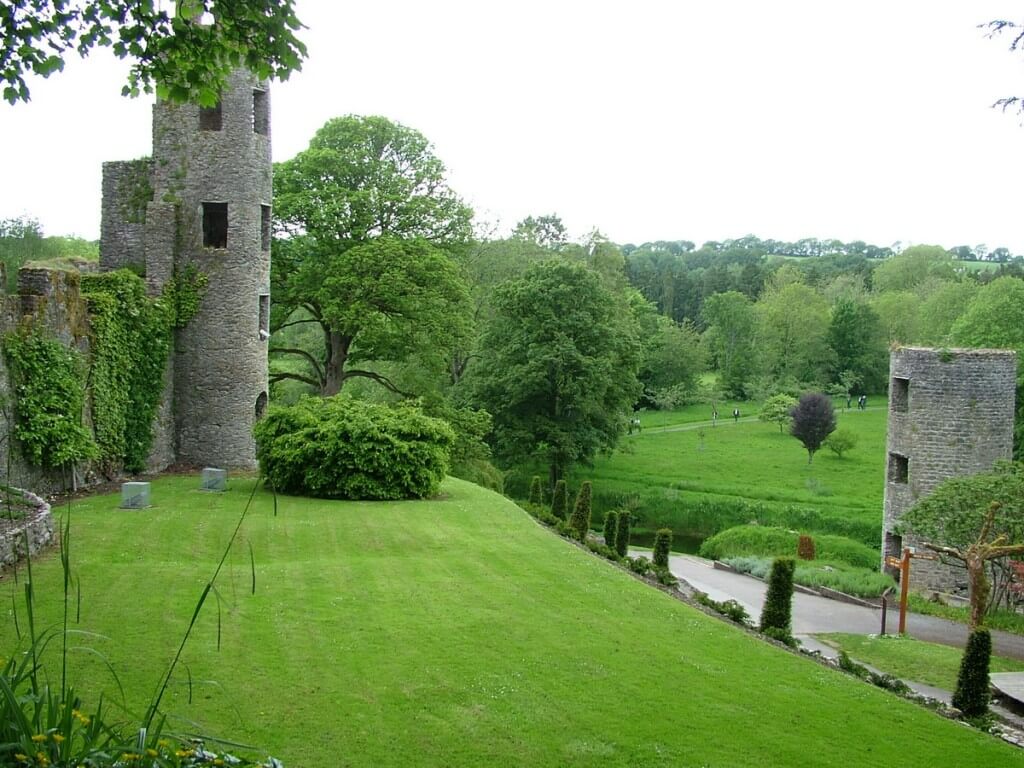
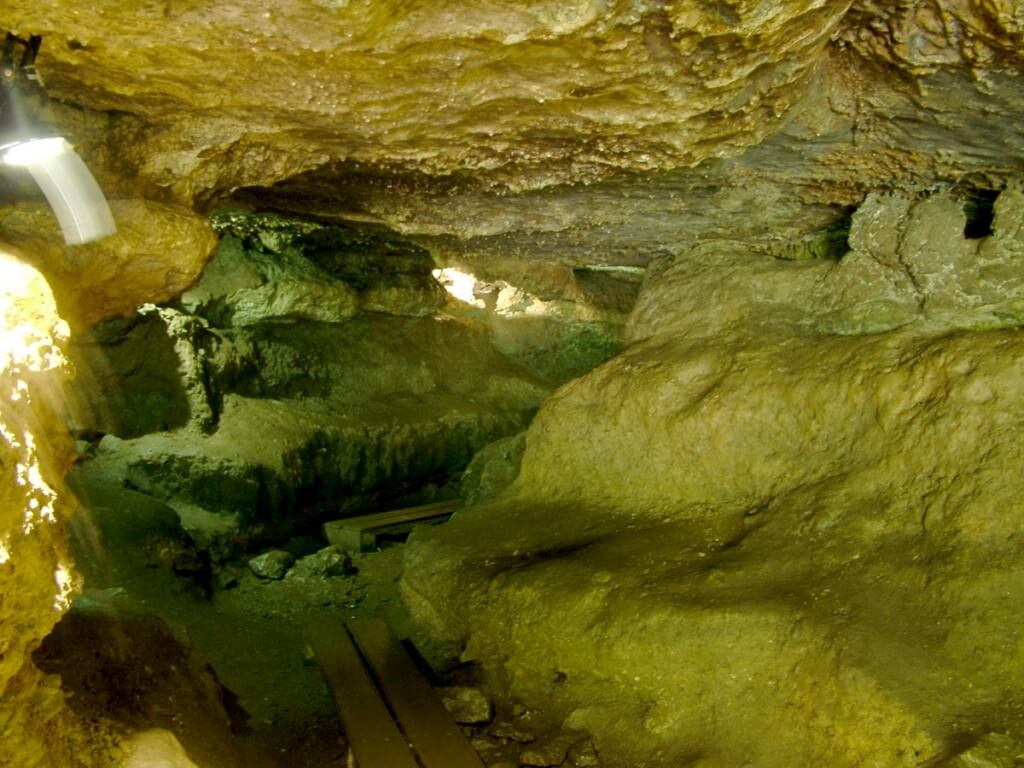



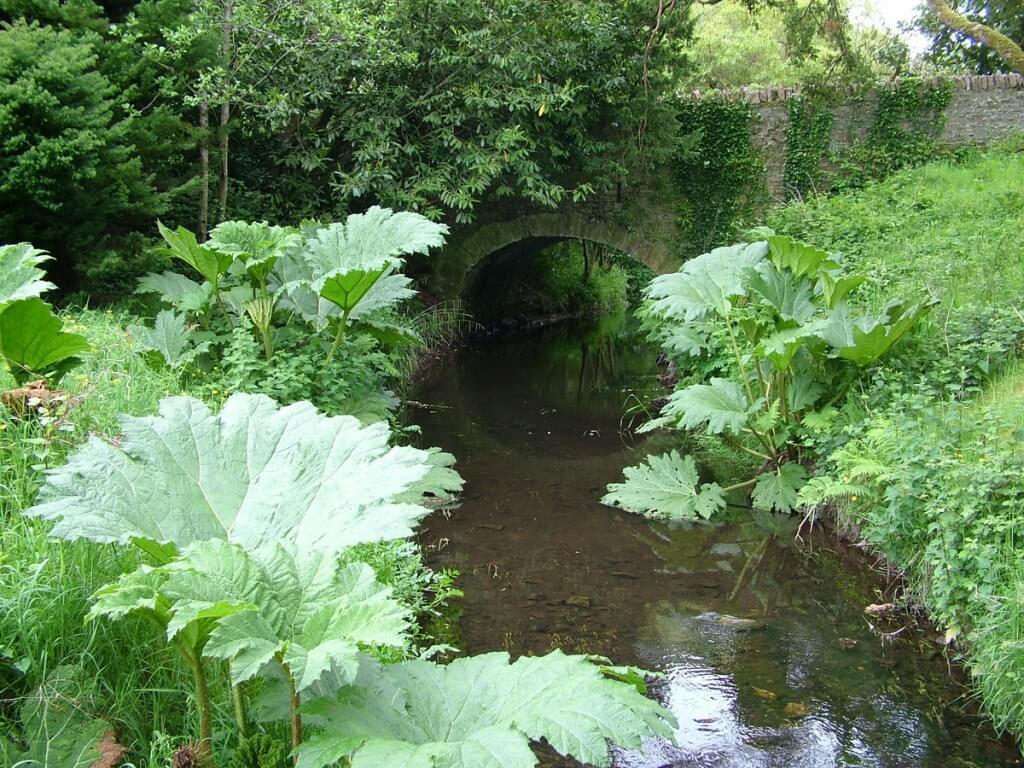
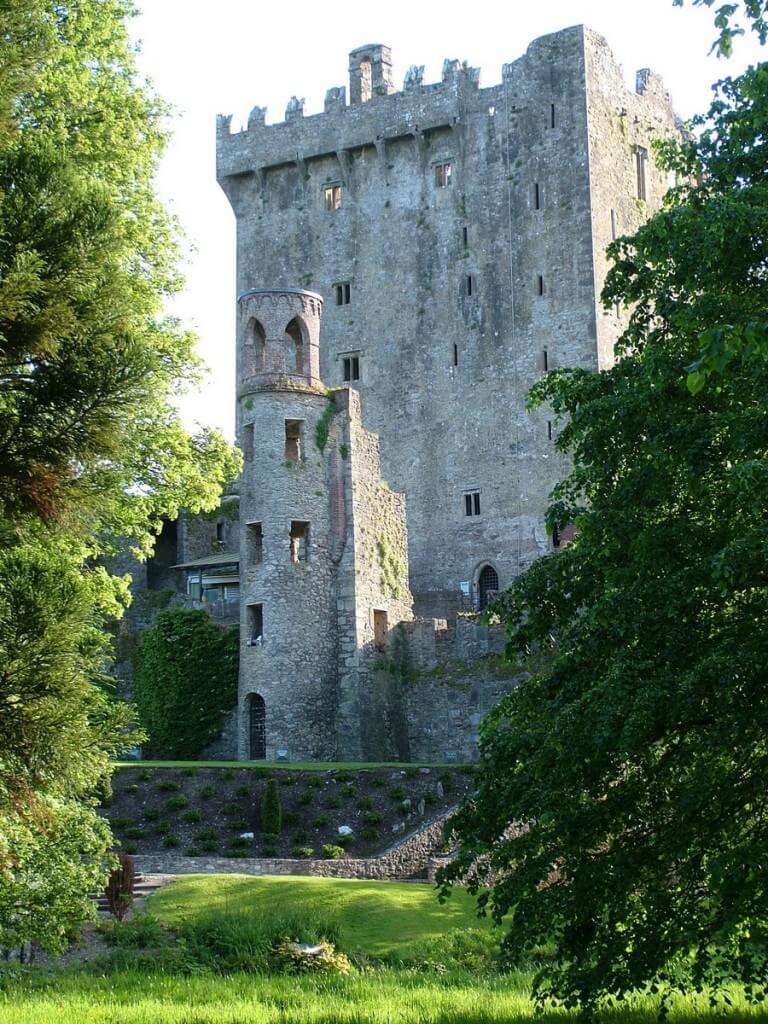
From LinkedIn:
Adam Whitbourn (Head Gardener at Blarney Castle) wrote:
“Fantastic write up!”